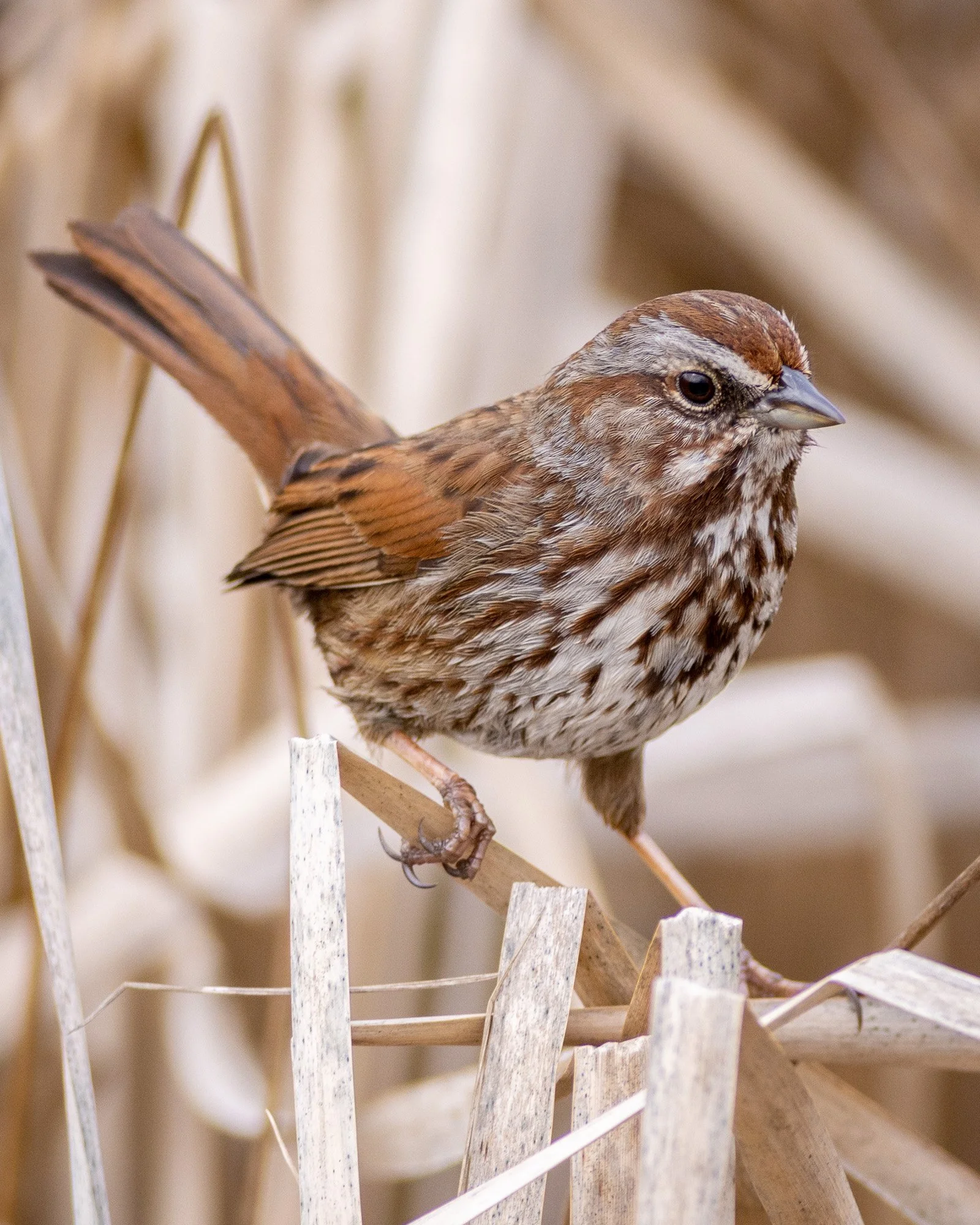The Joys and Struggles of Bird Photography
Photo by Mark Wieman
I’m a landscape photographer, but sometimes I get the urge to try something new. I recently had knee surgery and found myself unable to hike. This, along with the drab and wet winters we get here in the Pacific Northwest, made me seek out a different form of photography.
Bird photography is a lot different from landscape photography. Similar to sports photography, bird photography involves longer lenses and faster shutter speeds. The goal is to zoom in and freeze the action. The most action I see as a landscape photographer might be leaves moving in the wind or water flowing down a stream.
Photo by Mark Wieman
I often get carried away in the moment while watching a bird and I forget to set a sufficiently fast shutter speed, or I end up with an ISO setting that is much too high. Either of these is a big mistake. The result is slightly blurry images, as you can see in the following three less-than-sharp photos:
Long, fast lenses are expensive and heavy. However, as technology has improved, the situation for aspiring bird and wildlife photographers has gotten better. A quality zoom lens that reaches 500mm, 600mm, or even 800mm can be purchased for less than $2,000, which is amazing. The trade-off, however, is speed. These lenses are slow (in other words, they have higher minimum apertures).
Photo by Mark Wieman
Higher apertures are great for getting more in focus, but they also mean higher ISO values, which in turn, causes more noise in photos. This is all to say that bird photography makes you think about a specific set of trade-offs. It’s fun so far, but to get really good results, it requires some seriously expensive gear.
Maybe someday.


